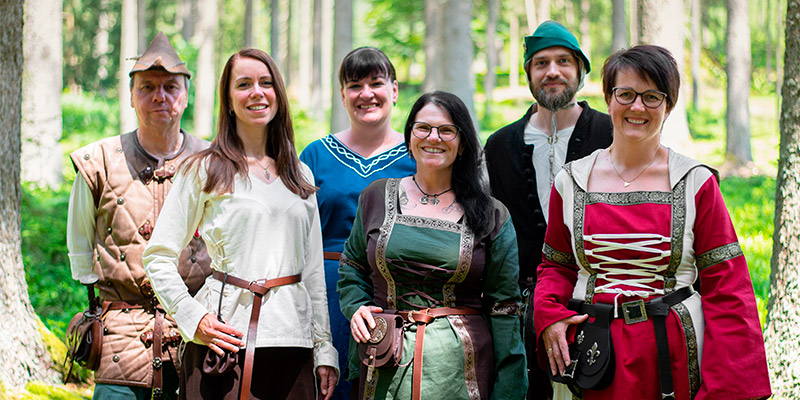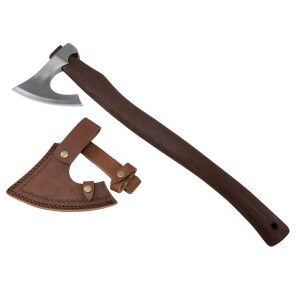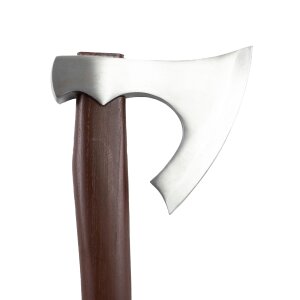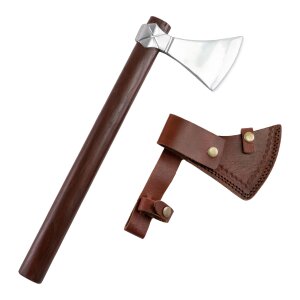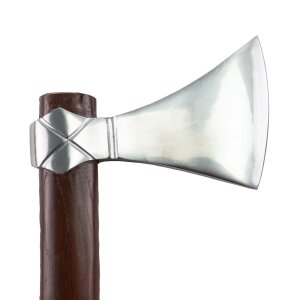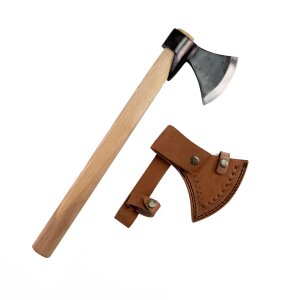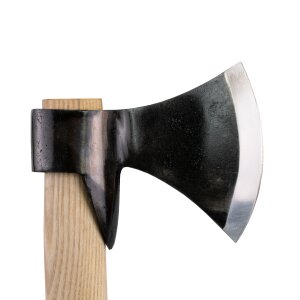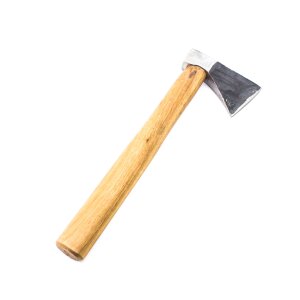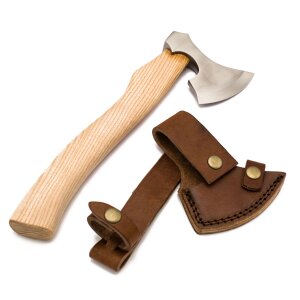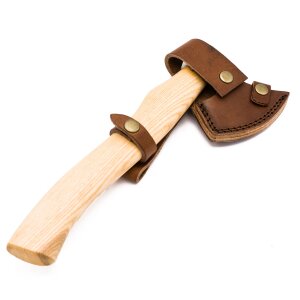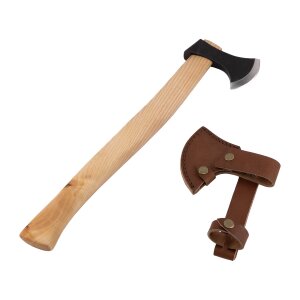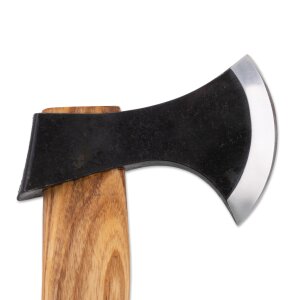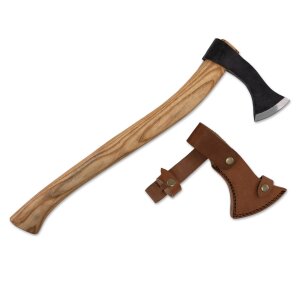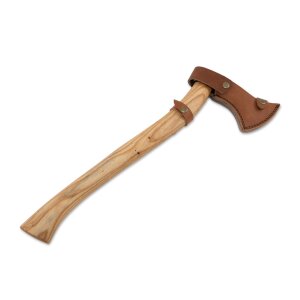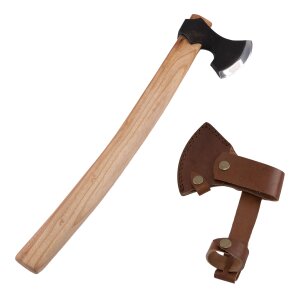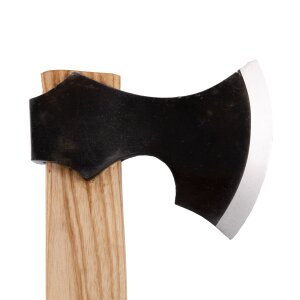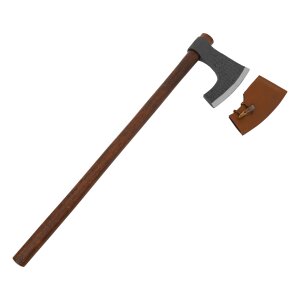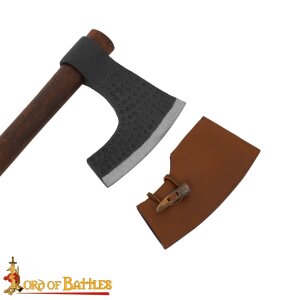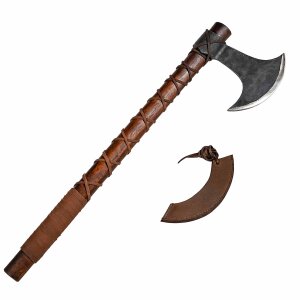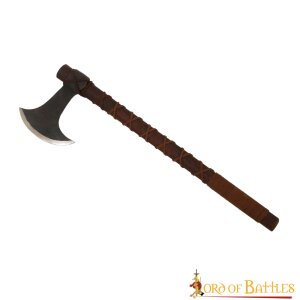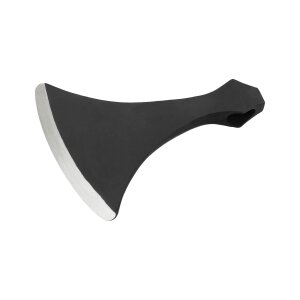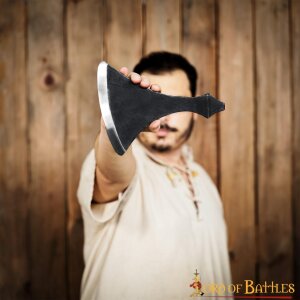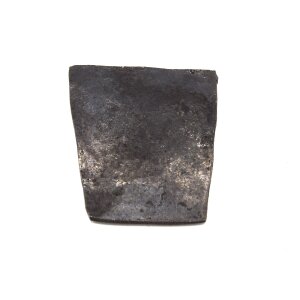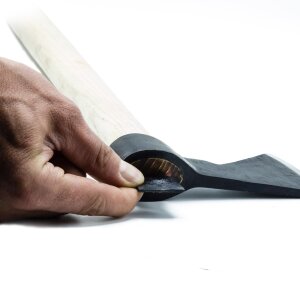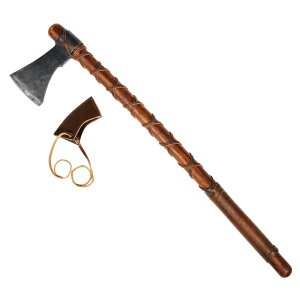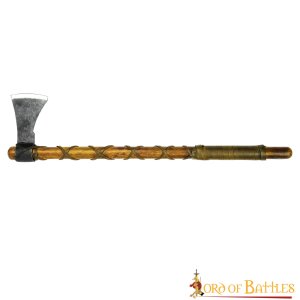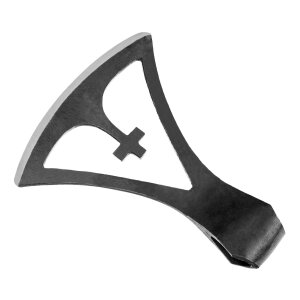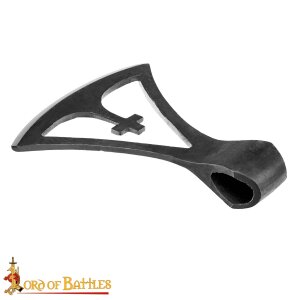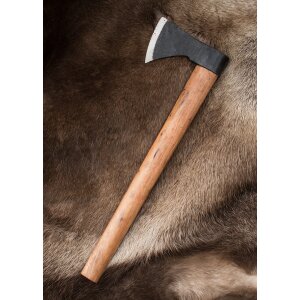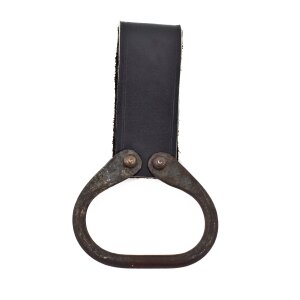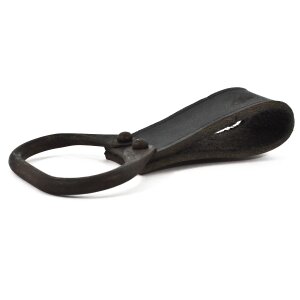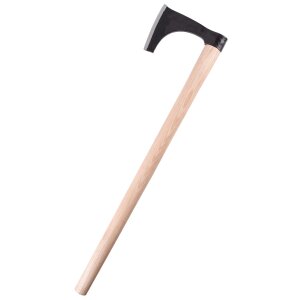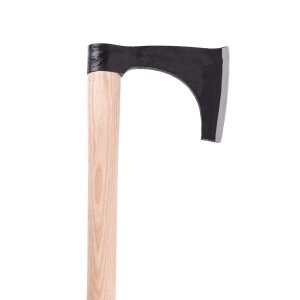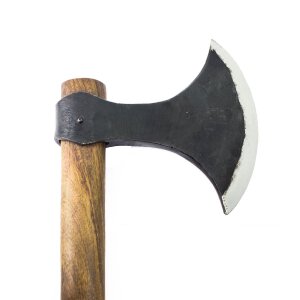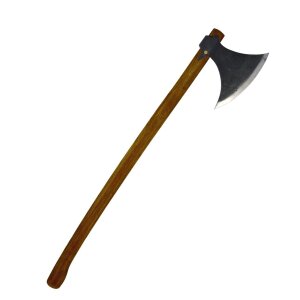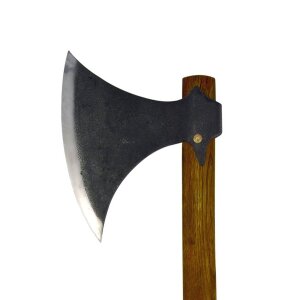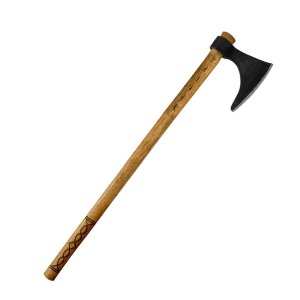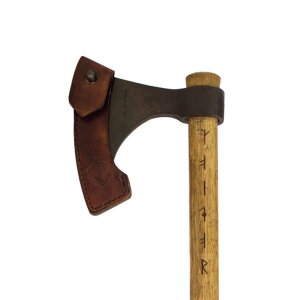Viking axe
- Available
-
Delivery time: 2 - 3 working days* (DE - int. shipments may differ)
- Available
-
Delivery time: 2 - 3 working days* (DE - int. shipments may differ)
- Available
-
Delivery time: 2 - 3 working days* (DE - int. shipments may differ)
- Available
-
Delivery time: 2 - 3 working days* (DE - int. shipments may differ)
- Available
-
Delivery time: 2 - 3 working days* (DE - int. shipments may differ)
- Available
-
Delivery time: 2 - 3 working days* (DE - int. shipments may differ)
- Available
-
Delivery time: 2 - 3 working days* (DE - int. shipments may differ)
- Available
-
Delivery time: 2 - 3 working days* (DE - int. shipments may differ)
- Available
-
Delivery time: 1 - 2 working days* (DE - int. shipments may differ)
- Available
-
Delivery time: 11 - 12 working days* (DE - int. shipments may differ)
- Available
-
Delivery time: 1 - 2 working days* (DE - int. shipments may differ)
- Available
-
Delivery time: 1 - 2 working days* (DE - int. shipments may differ)
- Available
-
Delivery time: 1 - 2 working days* (DE - int. shipments may differ)
- Available
-
Delivery time: 1 - 2 working days* (DE - int. shipments may differ)
- Available
-
Delivery time: 1 - 2 working days* (DE - int. shipments may differ)
- Available
-
Delivery time: 5 - 6 working days* (DE - int. shipments may differ)
- Available
-
Delivery time: 5 - 6 working days* (DE - int. shipments may differ)
Viking axe
Discover the fascinating history of the Viking axes, which not only served as powerful weapons, but also as tools and status symbols. The Vikings, fearless seafarers and warriors from Scandinavia, lived between the 8th and 11th centuries and left behind a rich legacy that lives on in their axes to this day. These axes were made from high-quality materials such as iron and steel, often with ornate decorations that emphasize their importance as cultural icons.
These designs were not only decorative, but often had a symbolic meaning associated with faith, protection and power. Some axes also featured inscriptions in runic script, which could contain incantations, blessings or the blacksmith's name.
Viking blacksmithing was highly developed, and the techniques used in the production of these axes demonstrate a deep understanding of metalworking and design. Multiple layers of different metals were often used to achieve a combination of hardness and flexibility, known as Damascus steel, which gave the axes not only their functionality but also a distinctive pattern. The ornate design and use of symbols and patterns on the axe blades and handles testify to the cultural significance of these weapons.
Viking bearded axe or skeggøx
The bearded axe, a symbol of the Viking Age, was not only a feared weapon in battle, but also an indispensable tool in the everyday life of the Norsemen. Its characteristic shape with the downwardly elongated blade, known as "Skeggøx" from the Old Norse word "skegg" for beard, made it a versatile instrument. The optimal combination of material savings, light weight and wide cutting edge enabled the Vikings to work and fight efficiently with this axe. It was designed so that it could be used both as a hatchet on ships and for woodwork on land. Today, the bearded axe is a fascinating object of study that tells us a lot about the culture and daily life of the Vikings.
Danish axe
The Danish axe, also known as the Viking axe, is a fascinating symbol of early medieval warfare. Originally introduced by the Danish Vikings, this powerful weapon quickly spread across Scandinavia, England and Russia. With its long handle and characteristic curved blade, which also served as a shield hook, the Danish axe was indispensable both on the battlefield and in everyday life. The variety of shapes and sizes in which it was made is testament to its adaptability and the craftsmanship of its smiths. The Danish axe is not only a testament to the Vikings' martial prowess, but also a fascinating object of study for historians and weapon enthusiasts alike. Its presence in modern pop culture as a symbol of strength and courage underlines its enduring fascination and significance.
Archaeological finds, such as the famous Mammen axe, offer insights into the craftsmanship and materials used in the making of these impressive tools.
Viking throwing axe Franziska
The Viking throwing axes and the Franziska are fascinating testimonies to warfare in the early Middle Ages. The Viking throwing axes, known for their robustness and versatility, were indispensable both in battle and in everyday life. They were made by skilled craftsmen and varied in size and shape to serve different purposes. The Franziska, a special type of throwing axe originally found in the Franconian culture, is particularly noteworthy. Its characteristic shape with a curved axe blade made it possible to create a rotating motion when thrown, which increased accuracy. These axes have been reconstructed from historical finds and are now popular collector's items for lovers of historical weapons and re-enactment enthusiasts. The hand-forged replicas of these axes that are available to buy often feature intricate decorations and patterns that reflect the ornate craftsmanship of the time.
Viking axe
Hatchets and axes are fascinating tools with a long history and diverse applications. Both are indispensable for woodworking, but they have specific characteristics that make them unique. An axe, often compact and lightweight, is ideal for precise tasks such as splitting smaller pieces of wood or carving. Its shorter handle allows for one-handed operation, making it an excellent tool for finer work or for use on hikes. In contrast, an axe, with its longer handle and heavier head, is designed for felling trees and splitting large pieces of wood. The wider blade of an axe is perfect for cutting through thick wood fibers, while the narrower blade of a hatchet is better suited for detailed carving work. This distinction in form and function reflects the versatility of these tools and shows how important it is to choose the right tool for the job.
Viking axes for every budget
In our store, Vehi Mercatus, you will find a wide range of Viking axes that combine authentic design with robust craftsmanship. For starters, we offer cheap models from 30 euros, while basic axes range from 50-80 euros. For those looking for something a little more unusual, we also have exquisitely designed axes that cost over 100 euros.
Safe shopping: Purchase with many payment methods and fast shipping
We understand that every Viking chooses their axe carefully, which is why we offer various payment methods, including prepayment by bank transfer, direct debit, credit card, PayPal, purchase on account and Klarna Sofort, to make your purchase as easy as possible. With fast shipping and a selection to make any heart beat faster, Vehi Mercatus is your destination for all things Viking axe related. Equip yourself and discover your next adventure with an axe that's not just a tool, but a piece of history.
